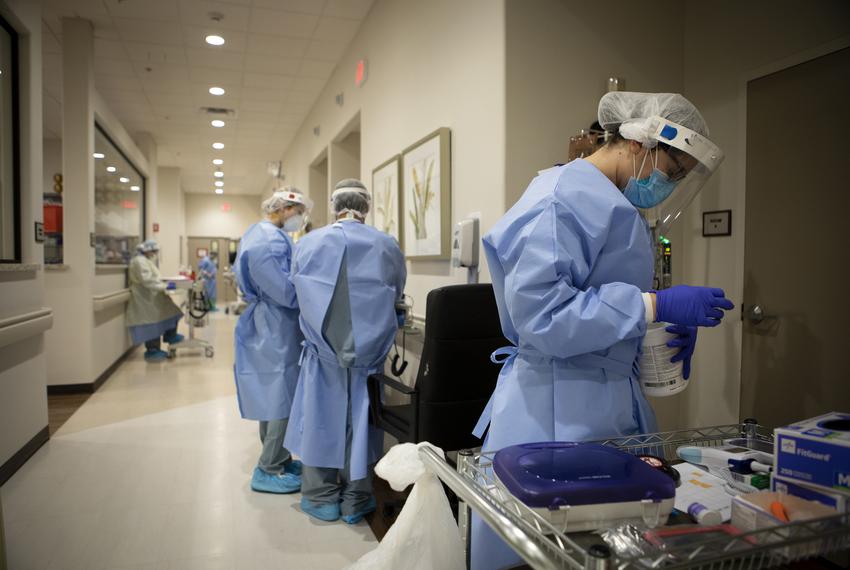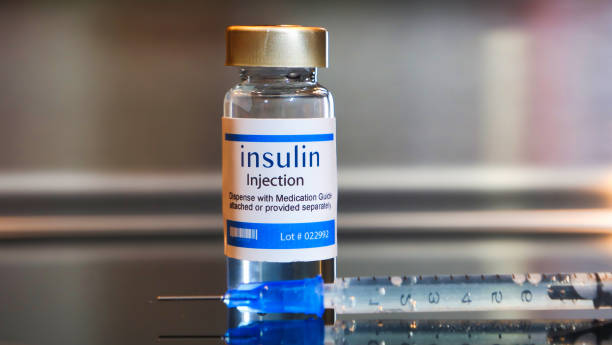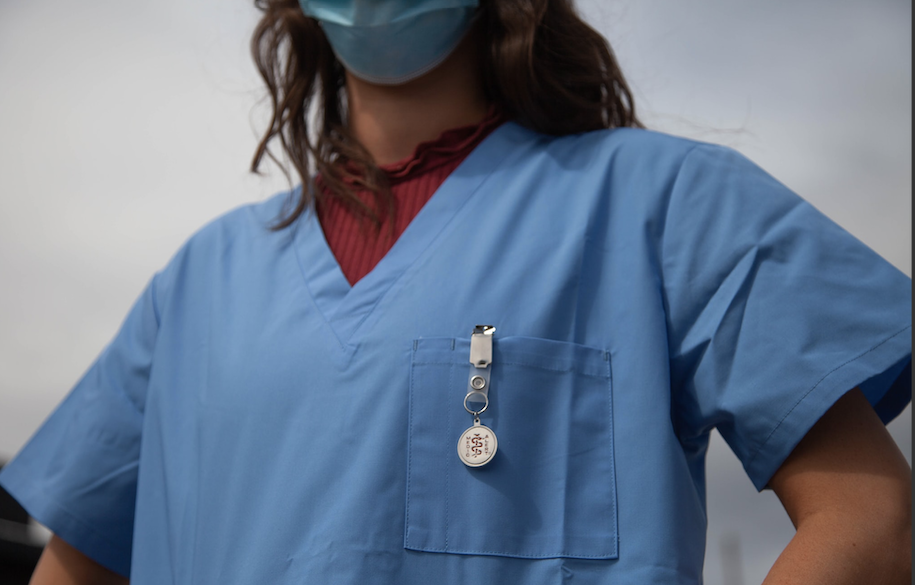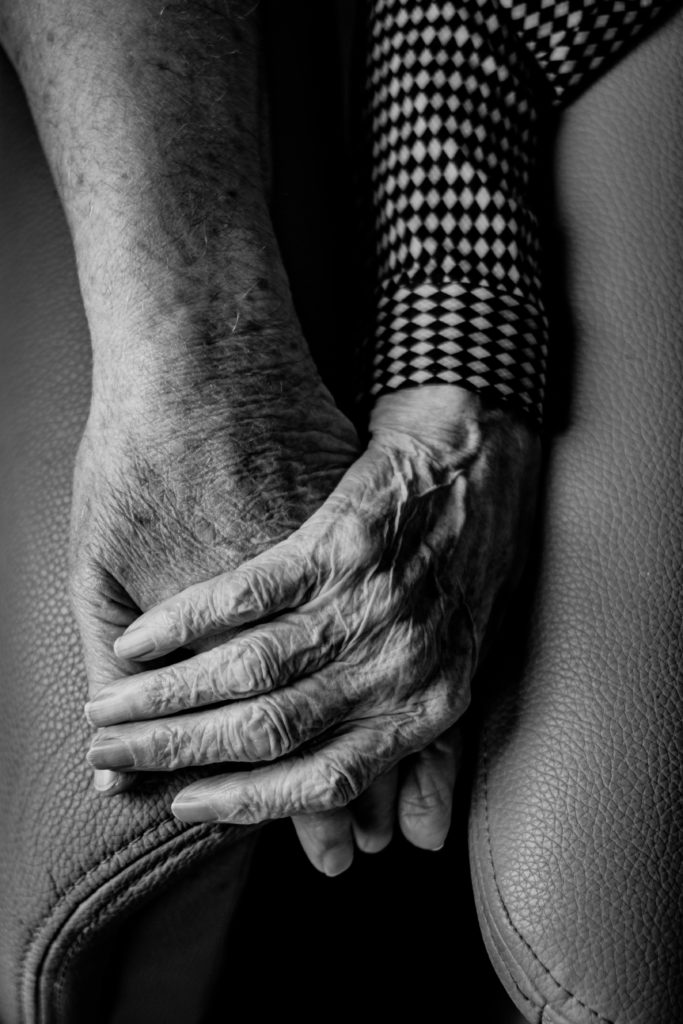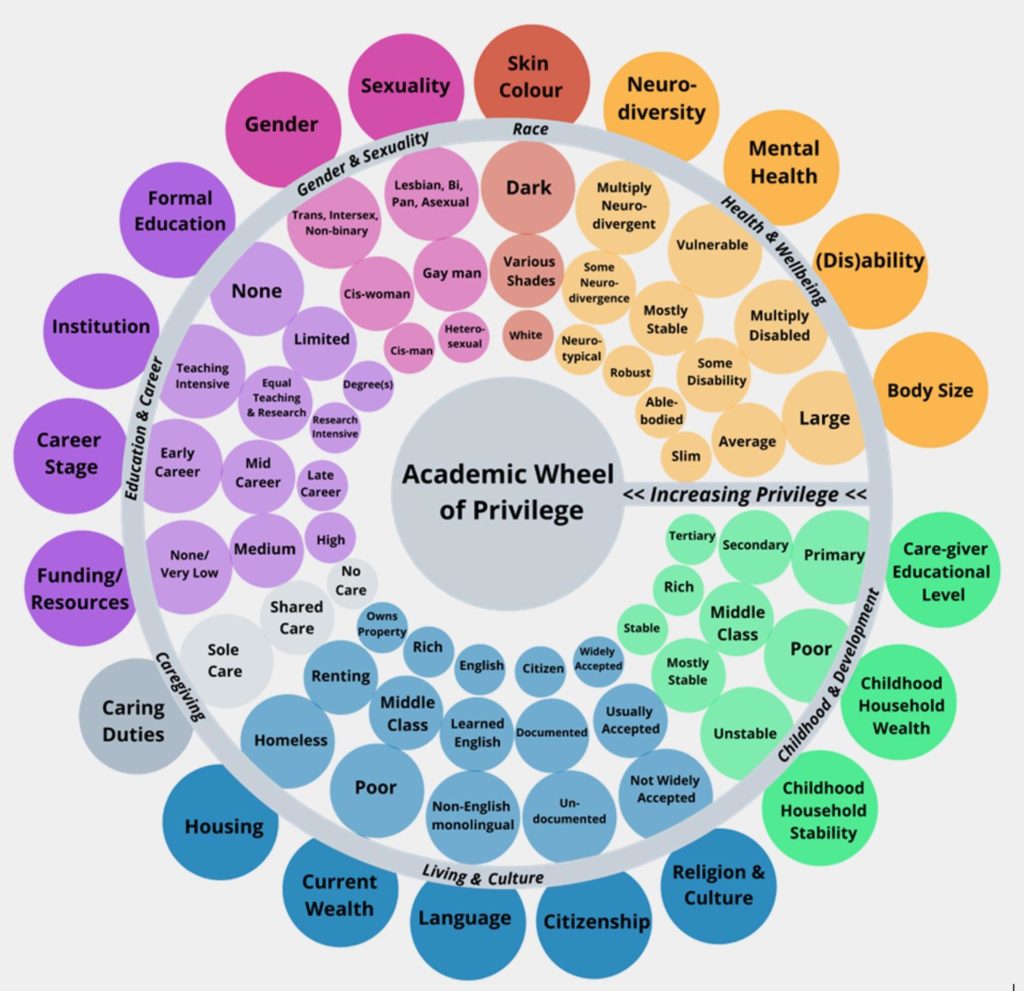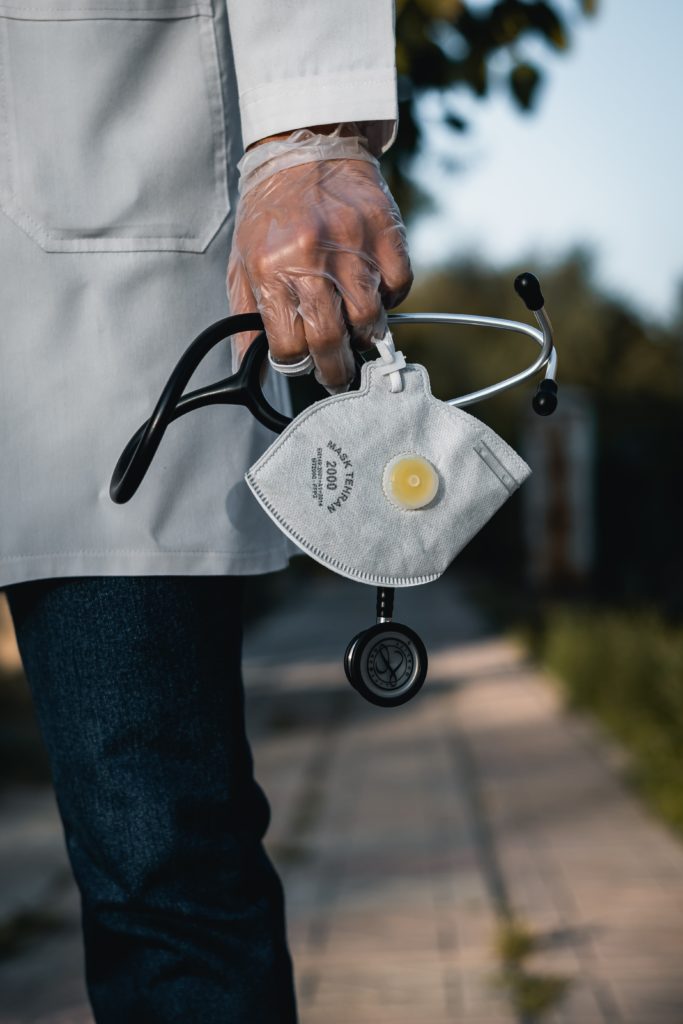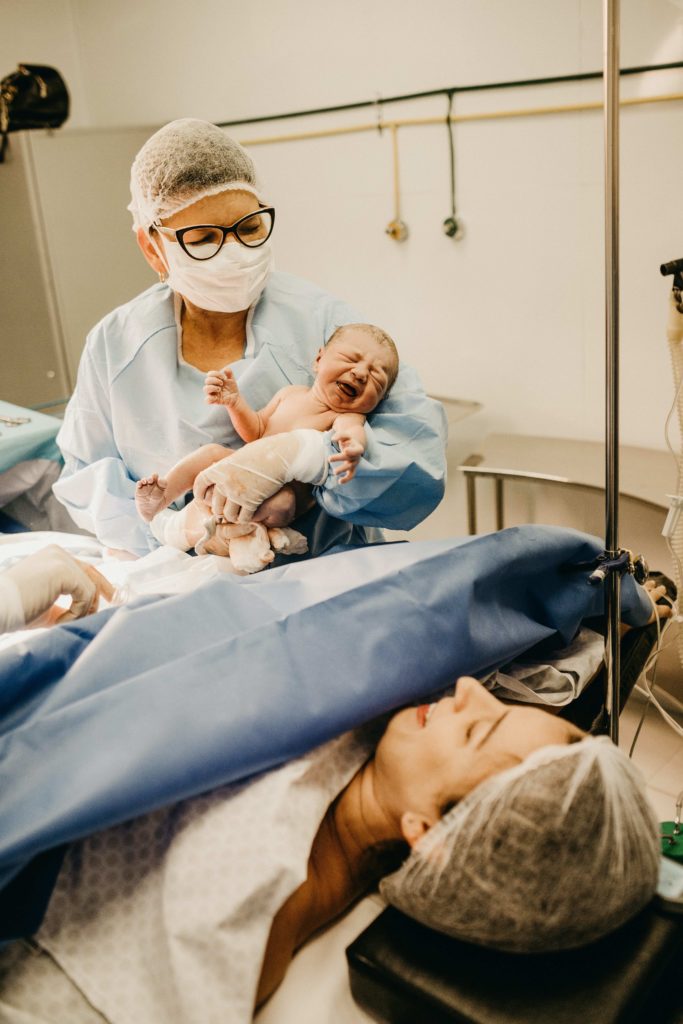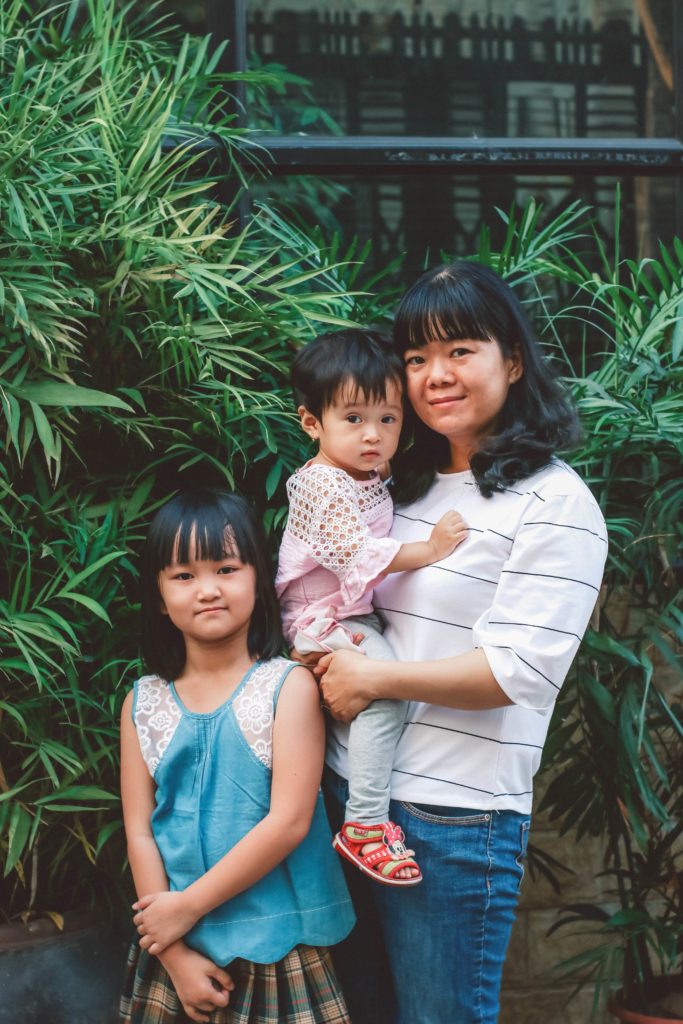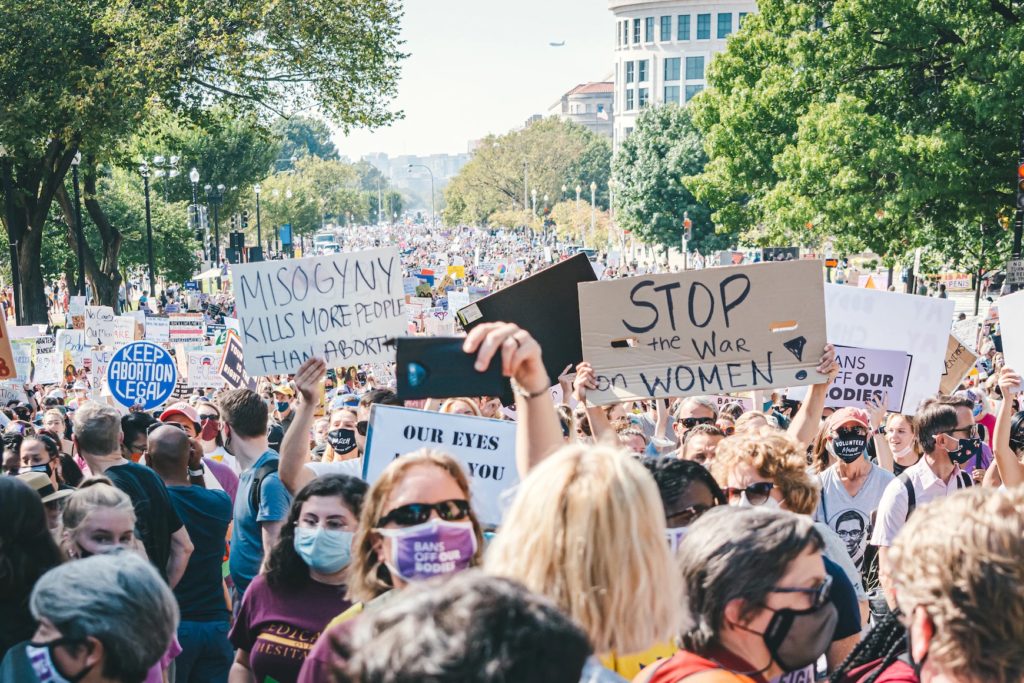Introduction
Obstetric medicine has always been fascinating to me. However, while trends and data can be noted by anyone, the processes discussed can only truly be experienced by women. As such, it can be complicated and sometimes disingenuous to speak about, as a man. Because of this, I will largely rely on articles and experiences shared by loved ones (each of whom consented to share their story).
Medicalization of Childbirth
Reproduction and childbirth are aspects so ingrained in the human experience. Many of us have already faced questions such as; do you want children? how many children do you want? etc. For an aspect of human life that seems so joyful and exciting, it can also be one of the scariest. This is especially true when it comes to women encountering childbirth. A 2018 study, researching the prevalence of tokophobia (the fear of childbirth) among pregnant women, found that 75% of respondents were classified in the low to moderate range while up to 25% of respondents were classified in the high to very high range of tokophobia [1]. As obstetric medicine has advanced, the context and setting of childbirth have continually evolved. What was once set in homes or birthing centers has moved to hospitals and operating rooms. The rise in the medicalization of childbirth arose concurrently with this change. The California Health Care Foundation cite the following statistics; 68% of women with vaginal births were given an epidural, 31% of women had a c-section, 85% of women with previous c-sections had a repeat c-section, and 14% of women had labor induced for non-evidence based reasons [2]. These numbers show the prevalence of medical intervention in the process of childbirth.
“Fear of childbirth, also known as tokophobia or maieusiophobia, has been defined as a psychological disorder which ranges from insignificant to extreme fear of childbirth”
Demšar et al. [1]
According to a 2002 article in the British Medical Journal, the medicalization of childbirth has grown into interventions that are often unnecessary or not evidence-based [3]. This increased medicalization of childbirth paired with the predominance of hospital births likely affects the aforementioned high levels of tokophobia. While it may seem natural to fear a major event such as childbirth, it must be noted that increased fear of childbirth may correlate to increased levels of c-sections [4]. Furthermore, maternal anxiety can increase the likelihood of delivery complications (such as placental abruption) and congenital anomalies as seen with prenatal stress disorder.

While it may seem that these interventions are a negative and a medical overreach, it is necessary to understand the importance that these interventions can have. The example I often turn to when explaining my interest in obstetric care is the story of my birth. Just before my birth, my older brother found my mother (pregnant with me) semi-conscious laying on her bed, her sheets soaked in blood. She was rushed to the hospital where she underwent a premature emergency c-section. Throughout the night we were both in critical condition. Thankfully we both survived, and she was later told that she suffered from a uterine hemorrhage. Without the remarkable advancements in obstetric medical techniques and equipment, it is likely that neither of us would have survived.
In the same way that a series of statistics cannot completely explain the state of medicalized childbirth, neither can one success story. This is a complicated issue that is not black or white. It is important to recognize and utilize the tools that have allowed us to decrease infant and maternal mortality. However, it must be noted when these tools are used inappropriately. Whether it comes in the form of ignoring preconceived birthing plans or improper informed consent processes, the increased medicalization of childbirth has whittled away at women’s decision-making capacities. Medical interventions need to be balanced and contained to allow for the highest level of care and comfort in the process of childbirth.
PCOS and Simplistic Medicine
Another over medicalized area of women’s health is menstruation. One area of this that has been particularly impactful to me is polycystic ovary syndrome (PCOS). This is a hormonal disorder in which the ovary accumulates cysts and becomes enlarged. Some symptoms include; irregular periods, excess body hair, weight gain and retention, and infertility [5]. According to the CDC, up to 5 million women experience PCOS [6].
“PCOS is one of the most common causes of female infertility, affecting 6% to 12% (as many as 5 million) of US women of reproductive age.”
Centers for Disease Control and Prevention [6]
The reason PCOS is important to me is because of how it has impacted my family. My sister was recently diagnosed with PCOS. However, her path to diagnosis was anything but direct. After experiencing constant menstruation for over a month, she went to her doctor. She described the meeting as short and dismissive. She was given two options; start an oral contraceptive or lose weight. Several months and multiple doctors later, she was being given the same answers. She believed she had PCOS and feared birth control would mask the irregular menstruation symptom, impeding any further diagnosis. Furthermore, the only other option was to lose weight; misconstruing a symptom for a cause.
She eventually received the PCOS diagnosis, but this was not before several months of discomfort, embarrassment, and dismissal from her doctors. The Martin article discussed how the language around menstruation is often that of dysfunction or degradation [7]. However, in a typical menstruation cycle, those negative connotations can at least be partially ameliorated by connotations of regrowth, but not for my sister. She lived in that state, so often negatively connoted, for months without cessation. Her experience was one of lack of access, treatment, and dialogue, and of increased simplistic medicalization. Her two options were to accept blame for her state and “lose weight” or to accept the medicalized option of oral contraceptives.
Conclusion
While these are two snapshots of the medicalized state of women’s health, they are far from comprehensive. A more holistic view must examine the cause of these issues and where they overlap. Though a disorder like PCOS and medicalized childbirth may seem very different at the surface level, they share a lack of communication and a reduction in the voice of those affected. Just as pregnant mothers have fewer options so too do women suffering from disorders like PCOS have their choices minimalized; both favoring the simplest medicalized paths.
References
[1] Demšar, Karin, et al. “Tokophobia (Fear of Childbirth): Prevalence and Risk Factors.” Journal of Perinatal Medicine, vol. 46, no. 2, 2018, pp. 151–154., https://doi.org/10.1515/jpm-2016-0282.
[2] “Infographic: The Overmedicalization of Childbirth.” California Health Care Foundation, California Health Care Foundation, 21 Aug. 2019, https://www.chcf.org/publication/infographic-overmedicalization-childbirth/#related-links-and-downloads.
[3] Johanson, R. “Has the Medicalisation of Childbirth Gone Too Far?” BMJ, vol. 324, no. 7342, 2002, pp. 892–895., https://doi.org/10.1136/bmj.324.7342.892.
[4] Ryding, Elsa Lena, et al. “Fear of Childbirth during Pregnancy May Increase the Risk of Emergency Cesarean Section.” Acta Obstetricia Et Gynecologica Scandinavica, vol. 77, no. 5, 1998, pp. 542–547., https://doi.org/10.1034/j.1600-0412.1998.770512.x.
[5] “Polycystic Ovary Syndrome (PCOS).” Polycystic Ovary Syndrome (PCOS) | Johns Hopkins Medicine, Johns Hopkins Medicine, 28 Feb. 2022, https://www.hopkinsmedicine.org/health/conditions-and-diseases/polycystic-ovary-syndrome-pcos.
[6] “PCOS (Polycystic Ovary Syndrome) and Diabetes.” Centers for Disease Control and Prevention, Centers for Disease Control and Prevention, 30 Dec. 2022, https://www.cdc.gov/diabetes/basics/pcos.html#:~:text=What%20is%20PCOS%3F,US%20women%20of%20reproductive%20age.
[7] Martin, Emily. “Medical Metaphors of Women’s Bodies: Menstruation and Menopause.” International Journal of Health Services, vol. 18, no. 2, 1988, pp. 237–254., https://doi.org/10.2190/x1a6-jaqb-vm9n-ulcy.






